 |
 |
|
|||||||||||||
|
|
|
|
|||||||||||||
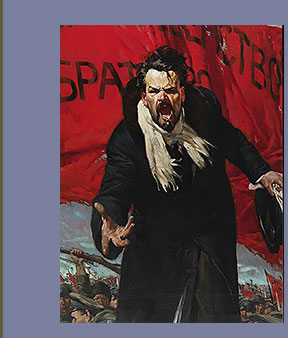 |
|
||||||||||||||
|
|
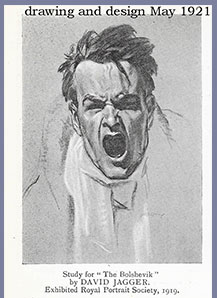 |
|
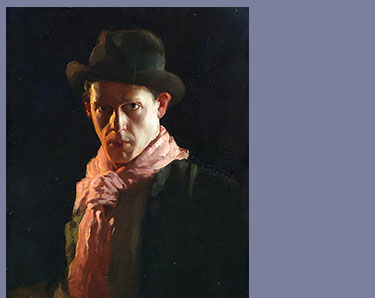 |
|
|||||||||||
|
|
|
||||||||||||||
|
|
|
||||||||||||||
|
|
|
|
|
||||||||||||
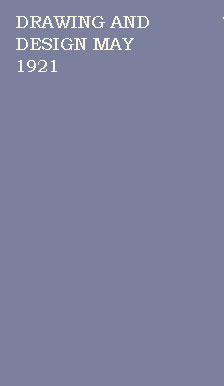 |
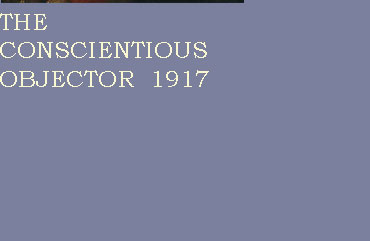 |
|
|||||||||||||
|
|
 |
|
|||||||||||||
|
|
|
||||||||||||||
|
|
|
||||||||||||||
|
|
 |
|
|||||||||||||
|
|
|
|
|||||||||||||
|
|
|
||||||||||||||
|
|
|
||||||||||||||
|
|
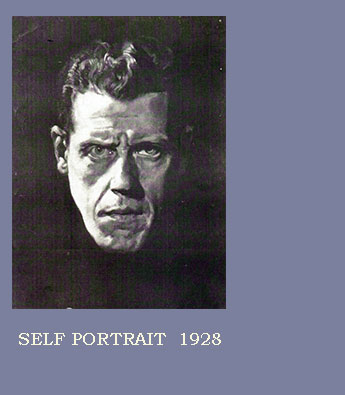 |
|
|||||||||||||
|
|
|
||||||||||||||
|
|
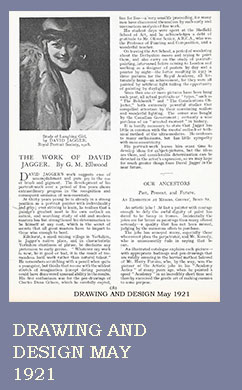 |
|
|||||||||||||
|
|
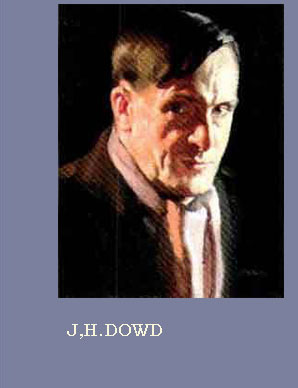 |
|
|
||||||||||||
|
|
|
|
|
|
|
|
|
|
|
|
|
|
|
|
|
DAVID JAGGER R.O.I. The catalogue from Bonhams contains the besta nd most detailed account of Jagger in the context of his family and the conduct of the War. My interest is that his configuring of the Bolshevist was highly influential in setting the terms of engagement in 1919 |
|---|
David Jagger did not serve, possibly on the grounds of ill health, which seems to have been a source of some tension between the brothers. In a letter to Violet Constance Smith dated 1 December 1915, Charles comments, 'what that great hulking lout in his mother's shop must feel like I don't know' (Charles Sargeant Jagger quoted in Ann Compton, The Sculpture of Charles Sargeant Jagger, The Henry Moore Foundation in association with Lund Humphries, Aldershot, 2004, p.21). The Military Service Act, which came into force on March 2nd, 1916, introduced conscription to the UK with those who appealed against active duty facing locally established tribunals whose job was to decide between 'conscience or cowardice'. During the first six months of the Act more than 750,000 cases were heard by tribunals with only a small number recognised as 'legitimate'. Indeed, the anonymous sitter in the present work would have been one of only 16,000 conscientious objectors registered from March of 1916 to the end of the war. These civilians were allocated alternative service of 'national importance' which was primarily unarmed duties in the Non-Combatant Corps, Royal Army Medical Corps or labour such as farm or factory work.
Conscientious objectors were often shamed, perhaps best illustrated by the white feather that was issued to men not in uniform and organisations such as the No-Conscription Fellowship sought wider pacifism with prominent individuals such as Bertrand Russell and Ramsay MacDonald supporting it. The determination in the face of the sitter in the present work cannot be disputed as he stares intently at us the viewer, alone in the darkness, steadfast in his belief and committed to his cause (for whatever reason). Painted in 1917 and exhibited at the Royal Academy in that year (the artist's first appearance at the institution), one can imagine the interrogation he might have faced in front of a tribunal and the resolve with which he would have needed to maintain. Despite his situation, Jagger has created a stylish portrait with a striking use of light which appears both characterful and evocative. It is a searching picture which whilst serious is at the same time finished with a degree of flamboyance and theatre which Jagger often incorporated into his portraiture.
Amongst David Jagger's most celebrated works are portraits of Lieutenant-General Robert Baden-Powell (1929, Baden-Powell House) and Sir Winston Churchill. A significant number of his portraits were of anonymous sitters such as Portrait of an Officer of the RAF during World War II (1941). The world auction record for the artist was set in these rooms with Olga selling for £40,000 on 28 March 2006.